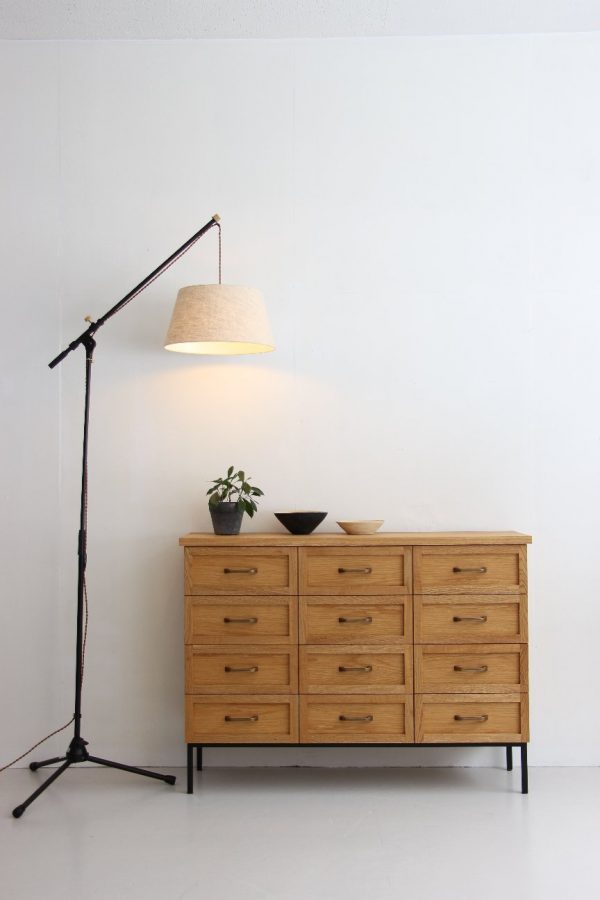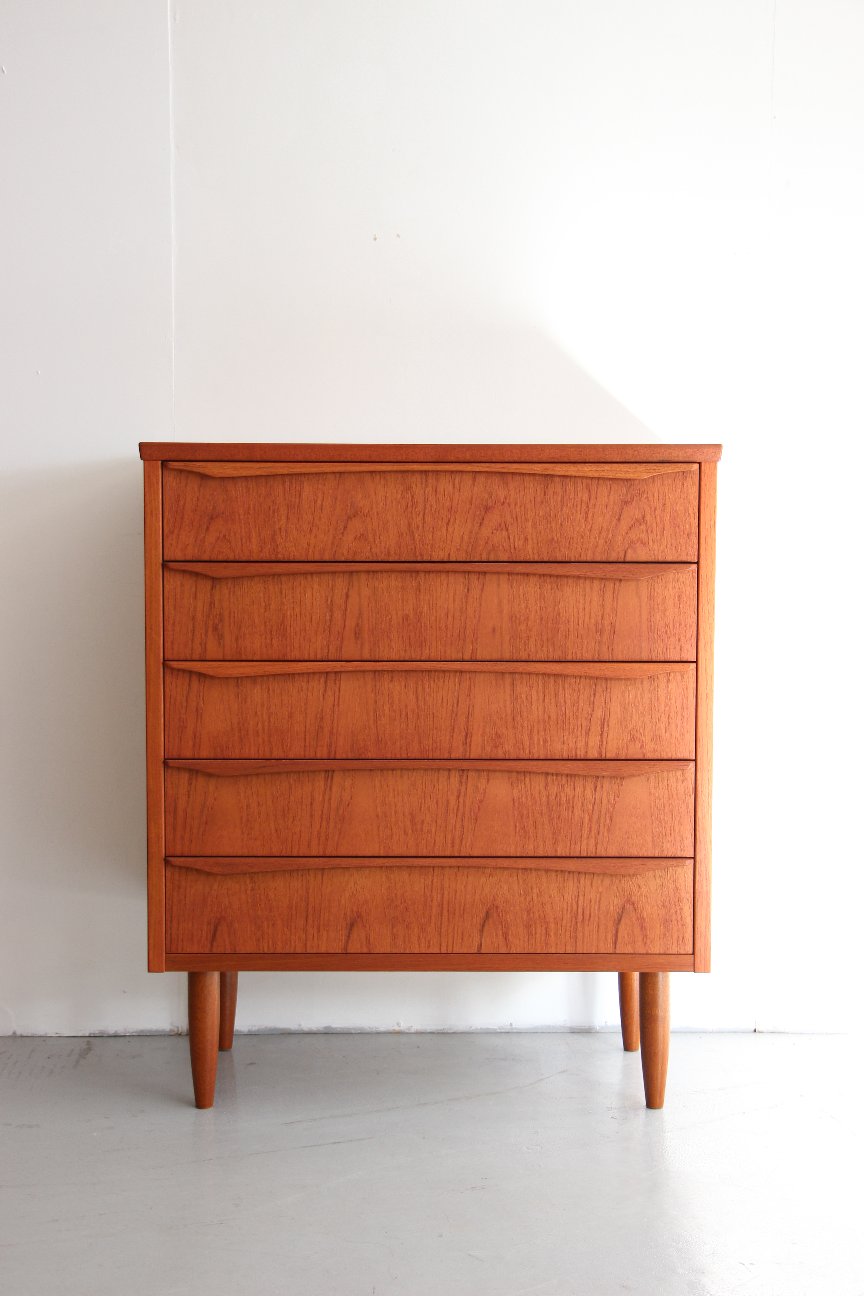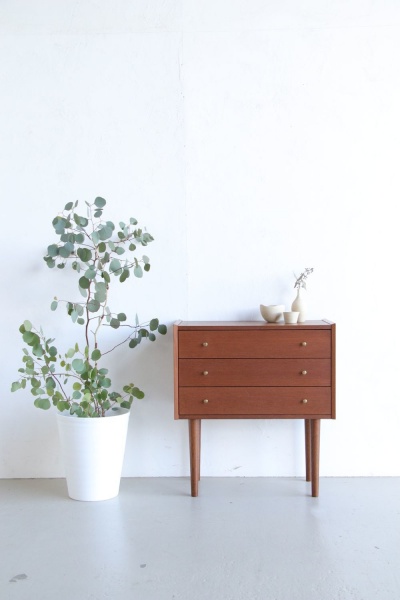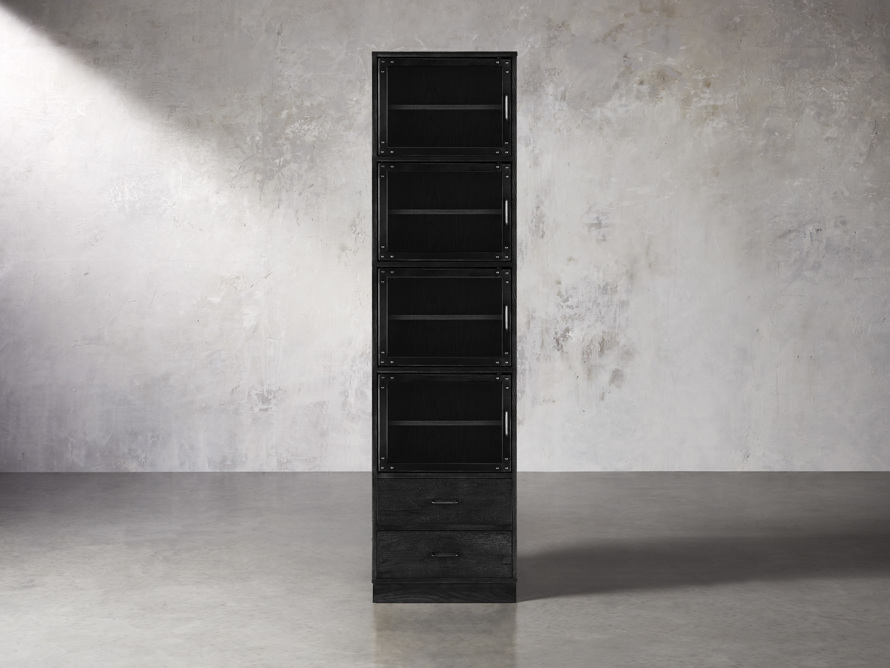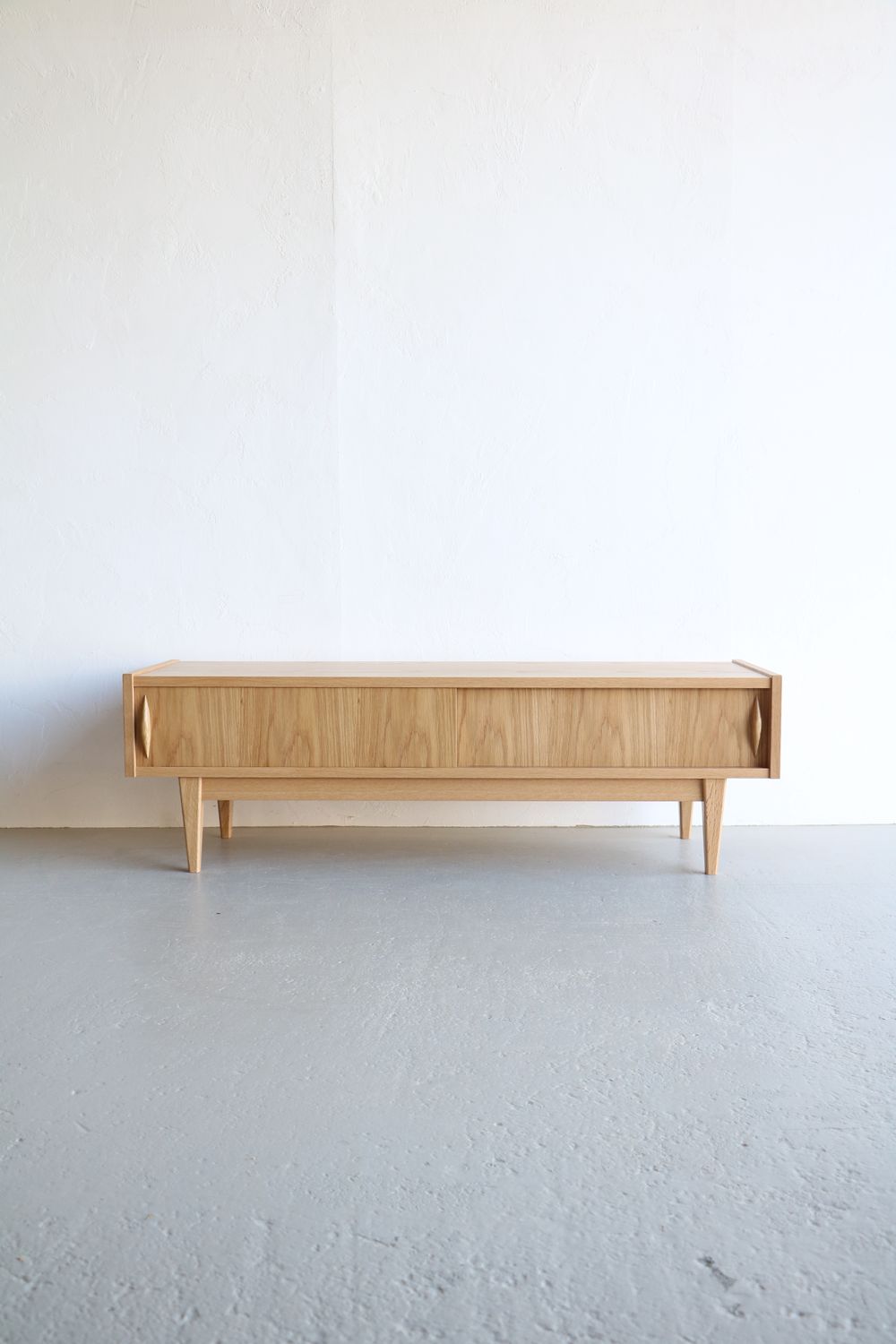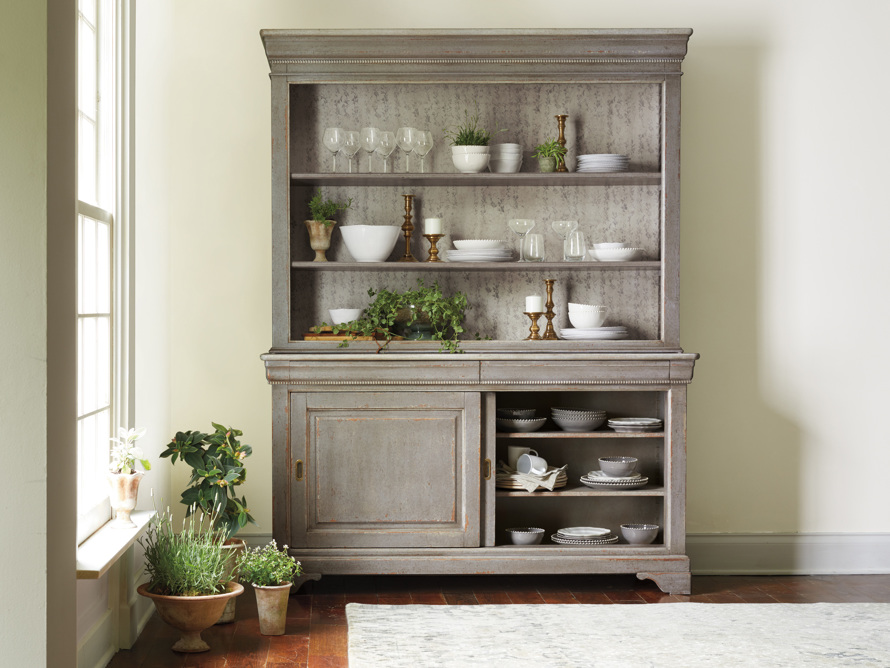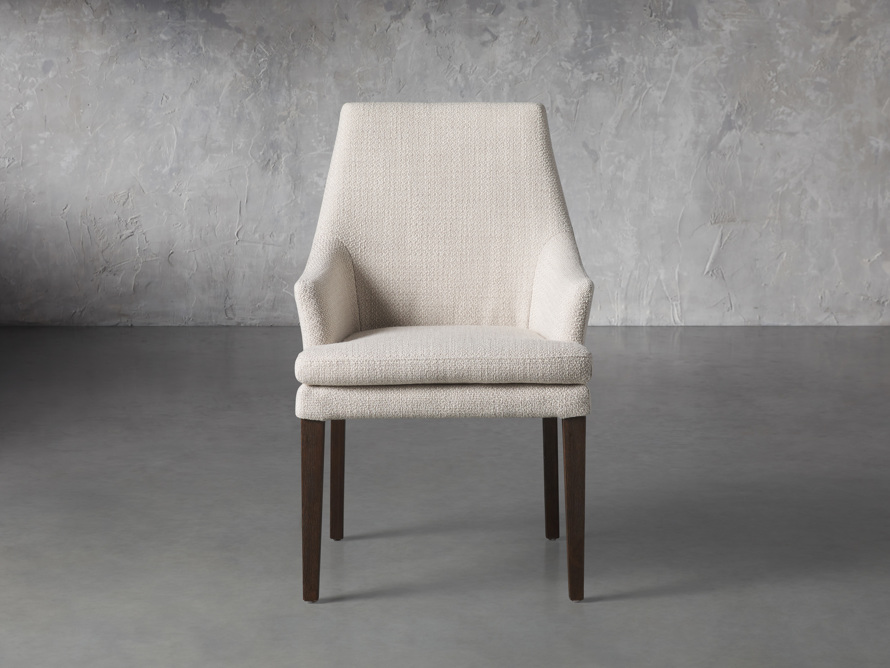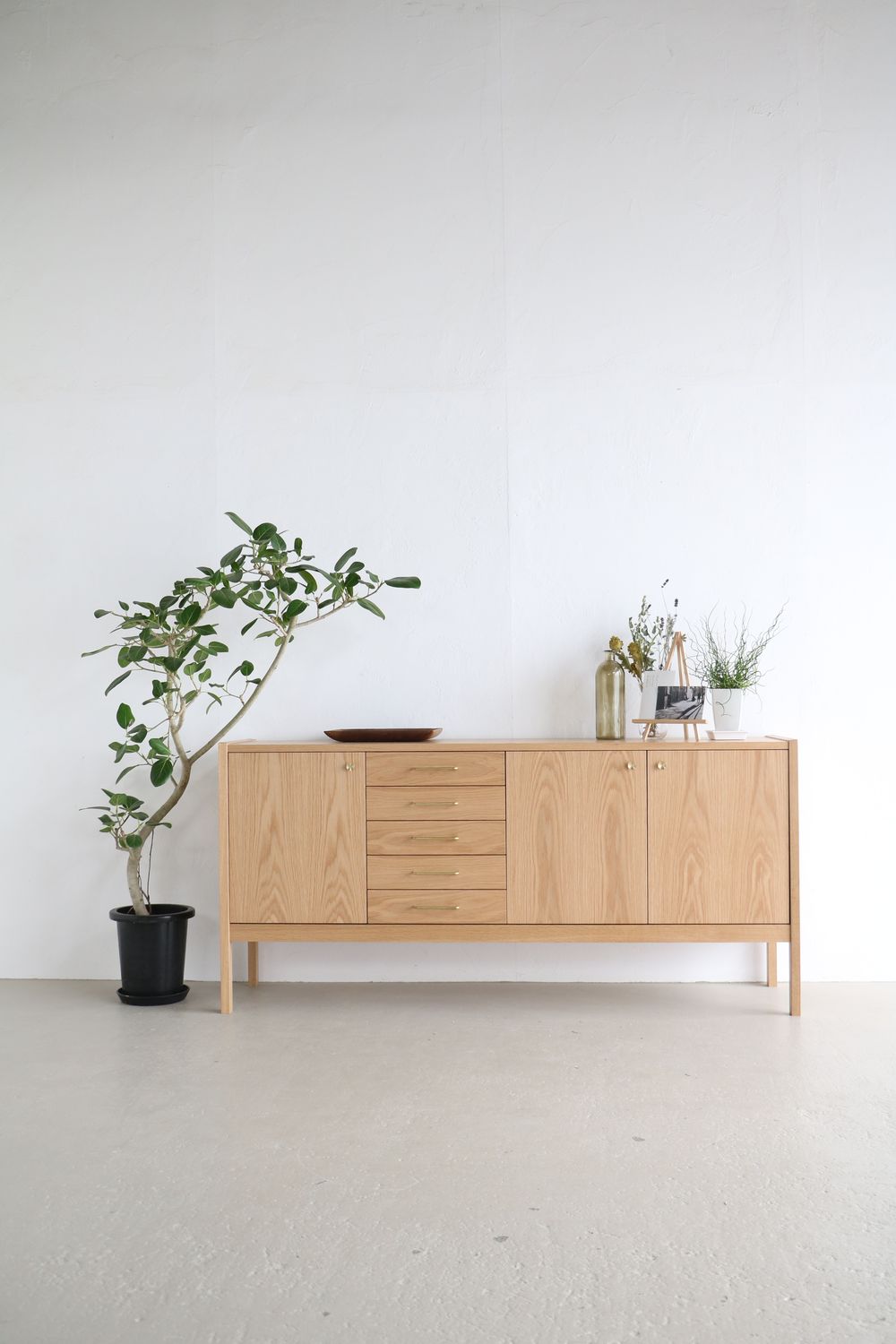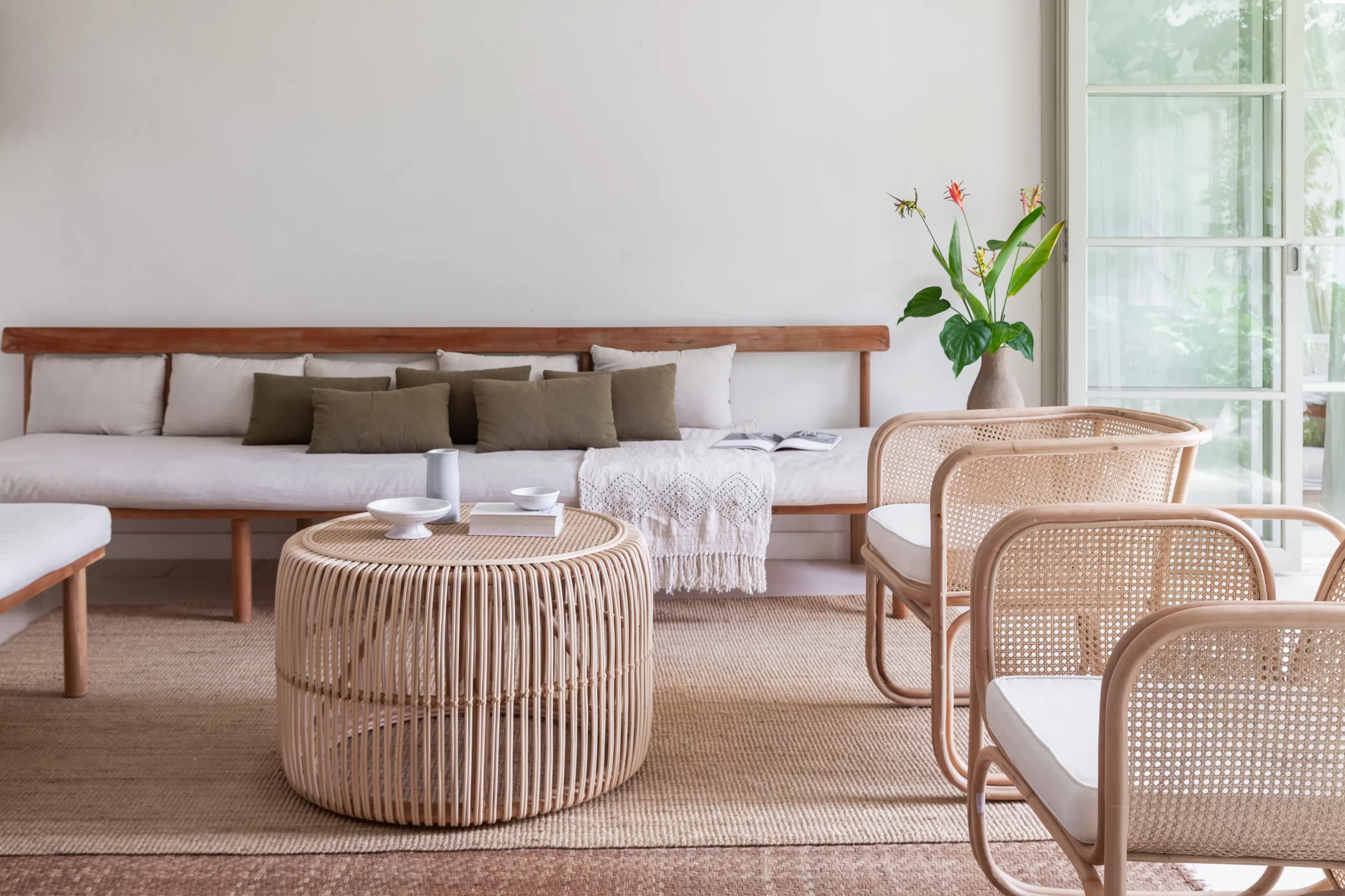In the quest for a unique centerpiece that combines both aesthetic appeal and functionality in a living space, the Bali coffee table emerges as a distinguished choice. Originating from the culturally rich island of Bali, these coffee tables bring with them a breath of tropical charisma and artistic flair. Not only do they serve as practical furniture pieces for your everyday needs, but they also encapsulate the essence of Balinese artistry, making them a significant addition to any interior design. The importance of selecting the right coffee table cannot be overstated, as it not only complements your living space but also enhances the overall ambiance of your home.
This article delves into the various types of Bali coffee tables, each showcasing unique designs and styles inspired by the island’s rich heritage. Readers will be guided through a myriad of decorating tips on how to incorporate these tables into their living spaces seamlessly. Additionally, practical advice on care and maintenance will ensure that these statement pieces remain in pristine condition for years to come. Concluding with a reflection on the enduring charm of Bali coffee tables, the article aims to equip readers with all the necessary information to make an informed decision on integrating these exquisite coffee tables into their homes.
Types of Bali Coffee Tables
Bali’s rich cultural heritage is reflected in the diverse range of coffee tables originating from the island, each bringing a unique touch to living spaces. These tables are not only functional but also serve as a piece of art, enhancing the aesthetic appeal of any room. The following sections delve into the different types of Bali coffee tables, focusing on wooden, rattan, and seagrass varieties.
Wooden Coffee Tables
Wooden coffee tables from Bali are renowned for their durability and timeless beauty. Crafted from various types of wood such as teak, acacia, or mahogany, these tables often feature intricate carvings or maintain a natural, rustic appearance, showcasing the skill of Balinese artisans. The use of FSC certified, Grade A teak ensures that these tables are not only beautiful but also sustainable, making them a popular choice for those looking to add a touch of elegance to their living space [4][7][8].
Rattan Coffee Tables
Rattan coffee tables are another popular choice, celebrated for their natural, woven appearance. These tables are made from rattan, a type of palm that is commonly used in furniture making in Bali. The unique weaving techniques employed by skilled artisans result in captivating designs, such as the spiral weave pattern found in the Verino coffee table or the intricate patterns of the South Sea Rattan Bali wicker coffee table. These tables strike a perfect balance between formal elegance and casual comfort, making them suitable for a variety of living spaces [7][10][11][12].
Seagrass Coffee Tables
Seagrass coffee tables offer a distinct, natural look that can complement any interior design theme. Crafted from woven natural seagrass, these tables are made by skilled artisans who meticulously create basketweave or embellished designs. The Karina coffee table, for example, features a basketweave design that provides a visually enchanting display from any angle. Similarly, the Verino coffee table’s captivating spiral design of seagrass lends remarkable geometric allure to any setting. These tables not only anchor your layout with ample table space but also influence the mood of your space with their exotic artistry [13][14].
In conclusion, Bali coffee tables come in a variety of materials and styles, each offering a unique way to enhance the decor of your living space. Whether you prefer the classic elegance of wooden tables, the natural charm of rattan, or the distinct look of seagrass, there is a Bali coffee table to suit every taste and interior design theme.
Design and Style Inspiration
Traditional Balinese Designs
Balinese coffee tables, much like other furniture pieces from the region, are celebrated for their unique artistry and craftsmanship. These tables often feature fine materials and are crafted by master artisans, embodying the rich cultural heritage of Bali. Traditional Balinese designs are characterized by intricate carvings inspired by nature, mythology, and spiritual beliefs, which are a testament to the island’s vibrant culture and traditions. Such designs not only serve as functional pieces of furniture but also as beautiful accents that enhance the aesthetic appeal of any home [16][17].
Modern Interpretations
In recent years, there has been a significant evolution in Balinese design, with contemporary interpretations blending traditional elements with modern aesthetics. Designers have innovated ways to incorporate Balinese influences into their work, creating furniture that is both unique and visually striking. This modern take on Balinese design maintains the essence of traditional craftsmanship while adapting to the preferences of today’s homeowners. The result is a collection of Bali coffee tables that are not only durable and stable, such as those made from old Balinese railroad ties supported by large stones, but also embody a low-profile design that suits a variety of living spaces [17][22].
Color Schemes and Finishes
The color schemes and finishes of Bali coffee tables play a crucial role in their overall design. Balinese color schemes often feature a rich and vibrant palette, including shades of red, yellow, blue, and green. These colors are used to create a warm and inviting atmosphere, reflecting the island’s tropical climate and lush natural surroundings. The finishes of these tables, whether it be the natural brown finish of hand-carved wood or the unique textures of seagrass and rattan, further contribute to their charm and appeal. Each piece, whether it features a plain central part surrounded by geometric patterns or is adorned with hand-carved motifs, showcases the meticulous attention to detail and the high level of skill of Balinese artisans [16][17].
Decorating with Bali Coffee Tables
Decorating with Bali coffee tables introduces a unique and exotic touch to any living space, crafted from natural materials like rattan, bamboo, or wood. These tables enhance the overall aesthetic of a room through their distinctive styles and can be used in various ways to complement different design themes. From modern and minimalist settings to traditional and rustic environments, Bali coffee tables offer versatility and charm [31].
Pairing with Other Furniture
When integrating Bali coffee tables into a living space, it’s essential to consider how they will complement other furniture pieces. A cohesive look can be achieved by selecting tables that echo the materials or colors used in surrounding furnishings, such as end tables, media consoles, or accent chairs. This strategy ensures that the coffee table not only serves its functional purpose but also contributes to the overall harmony of the room’s design [31].
For a more dynamic and interesting interior, contrasting the coffee table with other furniture pieces is recommended. Avoid matching coffee and end tables as this can appear unoriginal and uninspired. Instead, aim for a contrasting layered look that feels more creative and designerly. This approach involves considering the scale, ensuring the coffee table and side table are of appropriate size and height relative to the room’s other furniture, particularly the sofa [25].
Creating a Themed Room
Bali coffee tables can serve as the cornerstone for creating a themed room, offering a pathway to establish a tropical or Balinese-inspired ambiance. Incorporating additional decor elements such as plants, textiles, and accessories that align with the theme can help to create a cohesive and visually appealing environment. This thematic approach allows for a more immersive and curated design experience, transporting the essence of Bali into the home [31].
Accent Pieces and Accessories
Beyond serving as the focal point of a room, Bali coffee tables can also act as accent pieces, adding visual interest and texture to the space. Styling the table with books, candles, or decorative objects creates a layered and visually engaging display. This method of decoration allows for personal touches and customization, making the living space feel more intimate and reflective of individual tastes [31].
In conclusion, decorating with Bali coffee tables offers numerous possibilities for enhancing the aesthetic appeal and functionality of living spaces. Whether aiming for a cohesive look with other furniture, creating a themed room, or using the table as an accent piece, these tables provide a foundation for expressive and inspired interior design.
Care and Maintenance Tips
Cleaning Instructions
- General Cleaning: For routine care, it’s recommended to dust Bali coffee tables using a lint-free cloth to avoid scratching the surface. If necessary, a damp cloth with mild dishwashing liquid can be used for more thorough cleaning. However, products containing alcohol or ammonia should be avoided as they can dull the shiny surface [34].
- Dealing with Stains: In case of spills or stains, immediate action is recommended. For wooden tables, a solution of soap and warm water can be applied with a damp cloth, followed by thorough drying. It’s important to clean in the direction of the wood grain to prevent scratches. For tougher stains on wood, fine sandpaper can be used along the grain [35].
- Specialized Cleaning for Materials: Rattan and seagrass tables can be cleaned with soapy water, using an old toothbrush for hard-to-reach areas. Leather surfaces should be wiped with a soft, dry cloth or a cloth with soapy water for more stubborn dirt. Regular cleaning with an uncoloured leather polish is recommended for leather tables to maintain their appearance [35].
Protecting Your Table
- Surface Protection: Applying a clear water-based polycrylic top coat can add durability and protect the finish of the coffee table from everyday use. This is especially useful for tables that have undergone refurbishment or painting [38].
- Childproofing: For households with children, installing black rubber guards with a 3M adhesive strip on the edges of the table can prevent injuries without compromising the style of the table. These guards are available in several colors to match different interiors and are a cost-effective solution for childproofing needs [39].
- Preventing Damage: It’s crucial to treat the wood with care to avoid stains and damage. Keeping flames, chemicals, and black-soled shoes away from the table’s surface can prevent irreparable harm. Additionally, using coasters under glasses or coffee cups can prevent water rings [36].
Repair and Restoration
- Restoring Surface Finish: If the finish of the table becomes dull or damaged, applying teak oil or a suitable furniture oil can refresh the appearance. These oils are designed to protect the wood and can be applied as needed to enhance the natural colors without drastically altering the color [42].
- Fixing Scratches and Water Stains: Non-gel toothpaste can be rubbed into water stains with a soft cloth to remove them. For scratches, sanding along the grain with fine sandpaper can help. If oil or grease spills occur, covering the spill with salt to absorb the oil, followed by cleaning with a mixture of warm water and white distilled vinegar, can effectively address the issue [36].
- Antique Glazing and Hardware Restoration: For a more antique look or to restore the hardware of a Bali coffee table, antique glazing techniques can be applied. This involves wiping stain over the paint and then wiping it off. Sanding down old hardware and applying a new coat of paint can also rejuvenate the table’s appearance without the need for new hardware [41].
Conclusion
Throughout the exploration of Bali coffee tables, we have journeyed through their diverse types, delved into the inspired decorating techniques, and provided essential care and maintenance tips to preserve their beauty and functionality. These tables are more than mere pieces of furniture; they are a testament to the rich cultural heritage of Bali, showcasing traditional craftsmanship blended with modern design sensibilities. The intricate artistry and natural materials of these tables not only elevate the aesthetic appeal of any living space but also bring a piece of the island’s soul into our homes.
As we conclude, it’s clear that integrating a Bali coffee table into your decor is a gateway to creating a unique and captivating ambiance. Whether attracted by the sustainable elegance of wooden tables, the charming intricacy of rattan, or the organic texture of seagrass, there is a Bali coffee table to complement every design theme and personal style. By embracing these exquisite pieces, homeowners can imbue their spaces with a sense of artistry, nature, and tranquility, reflecting the serene beauty of Bali itself.
FAQs
Are coffee tables still a popular choice for living rooms?
Yes, coffee tables continue to be a popular addition to living rooms. They serve the practical purpose of providing a surface to place beverages like coffee or tea when sitting on the couch. Additionally, they contribute to creating a cozy and welcoming atmosphere in living or family rooms, especially when they have a high-quality finish that enhances the room’s aesthetic.
What is the ideal size for a coffee table in a living room?
The ideal size for a coffee table in a living room should be about two-thirds the length of your sofa. This proportion helps to achieve a harmonious and balanced look in your living space. Coffee tables are generally available in three sizes: small (under 30 inches), standard (30–50 inches), and large (over 50 inches).
How should a coffee table be positioned in a spacious living room?
In a large living room, it’s best to place the coffee table approximately 14 inches away from the sofa. This placement ensures that the table is within easy reach for grabbing a cup of tea or a magazine, while also maintaining sufficient legroom.
What considerations should be made when selecting a coffee table for a small living room?
When choosing a coffee table for a small living room, the key is to find a size that is proportional to the seating area, typically around two-thirds the length of the sofa. It’s important to consider the room’s overall space, ensuring the table fits comfortably without hindering movement around the room. Opt for a table size that fulfills your functional needs, such as holding drinks, snacks, and decorative items, without overwhelming the space.


